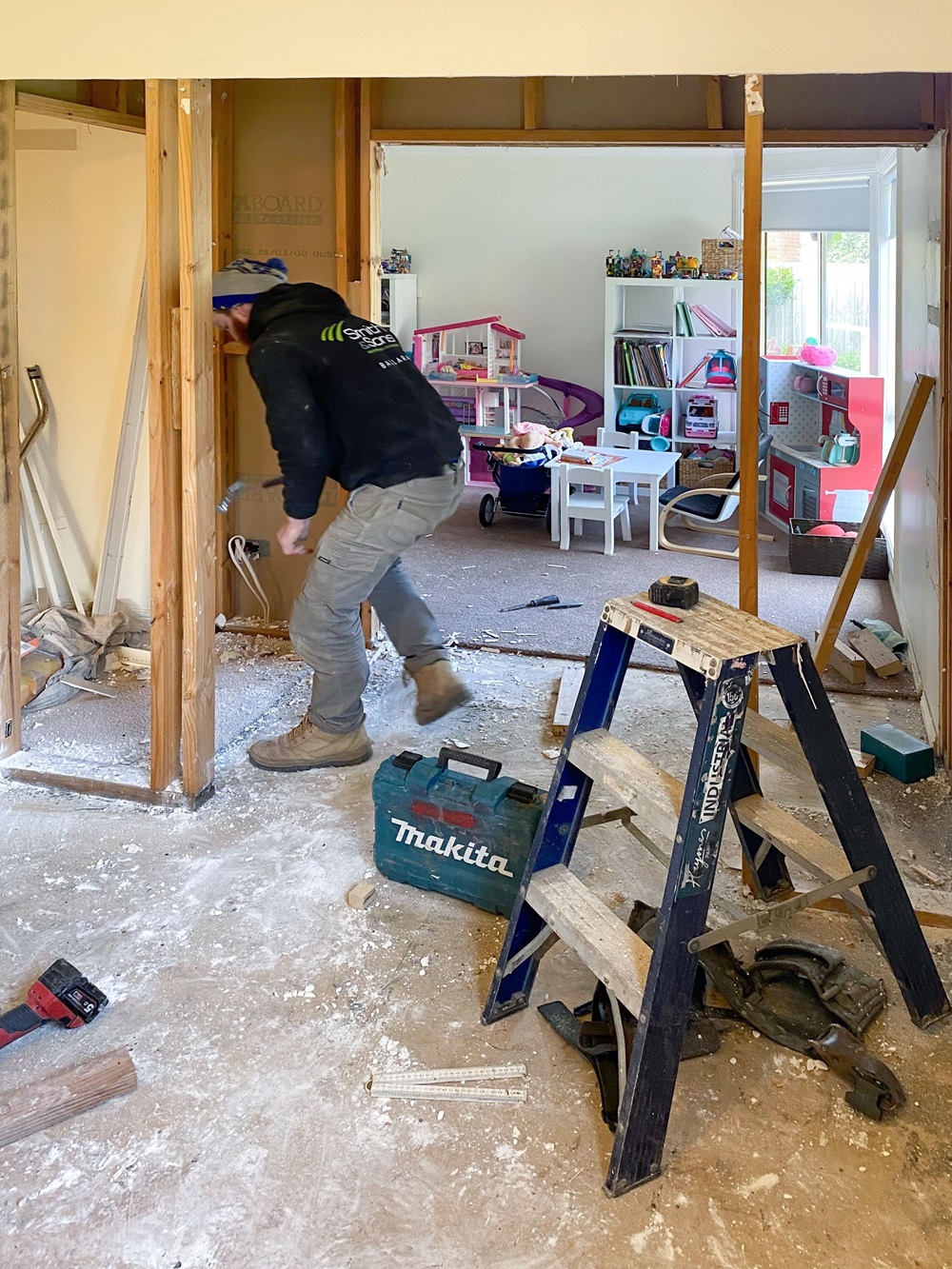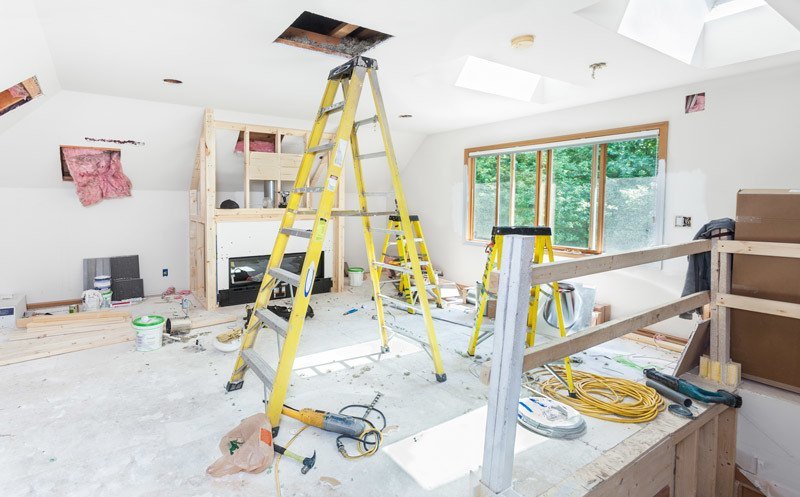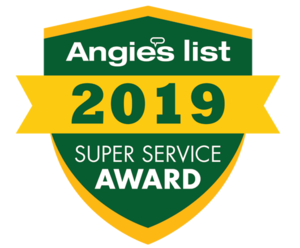Construction projects worldwide are hemorrhaging value to fraud, waste, and corruption—often hiding in plain sight. The World Economic Forum estimates that corruption can inflate project costs by 10–30%, turning what should be a $1 million job into $1.1–$1.3 million overnight.
During economic downturns, these pressures only worsen: in the 2008–09 recession, construction bankruptcies more than doubled, and federal white‑collar prosecutions climbed steadily—underscoring how financial stress breeds deceit.
Against this backdrop, the simple act of paying a subcontractor invoice can become a minefield: unscrupulous general contractors pad bills, collect the overage, then demand a 5–20% kickback, siphoning off tens or hundreds of thousands of dollars on a single project.
The Anatomy of Inflated Bills & Hidden Kickbacks
When owners contract general contractors or construction managers, key tasks flow down to subcontractors. An inflated invoice—whether via bogus line items, exaggerated material costs, or phantom work—lets the prime contractor pocket the difference. Once paid “in full,” the subcontractor is coerced into returning a cut. Left unchecked, these stealth fees quietly erode budgets and destroy trust.
Fortifying the Bidding Process
Competition is your first defense. Soliciting multiple bids establishes a market baseline and shines a light on outliers. But raw numbers aren’t enough—owners must dig deeper:
- License and Reference Checks: Verify every contractor’s credentials and past performance to screen out habitual fraudsters.
- Ownership Transparency: Uncover hidden affiliations that might signal collusion or shell entities set up to launder profits.
Transparent, programmatic controls—such as rejecting unusually low bids without explanation—have slashed corruption in World Bank‑funded road contracts across 28 countries by up to 20%.
Forensic Invoice Audits
Treat every invoice & change order like a mini‑audit:
- Demand itemized backup for materials and labor.
- Flag vague descriptors (“miscellaneous supplies”) for deeper review.
- Conduct three‑point matching—cross‑verifying purchase orders, delivery receipts, and invoices—to catch 70% of billing anomalies before payment.
Harnessing data analytics, organizations reduce median fraud losses by 40% and cut detection time in half when they combine regular audits with anti‑fraud training and clear reporting channels.
The Independent Inspector: Owner’s On‑Site Sentinel
Public building inspectors focus on code compliance. An owner‑hired independent inspector, however, plays a dual role:
- Continuous Oversight: Regular site visits uncover material substitutions and shortcuts.
- Cross‑Disciplinary Expertise: Inspectors versed in HVAC, structural, electrical, and plumbing systems bridge gaps that siloed experts miss.
- Credible Enforcement: A seasoned inspector—armed with clear mandates—can halt work, impose corrective actions, and maintain leverage against contractors and subs.
Owners who invest in this level of scrutiny typically see fraud and rework costs drop by 25–30% on large‑scale projects.
Embracing Technology for Bulletproof Transparency
Digital innovations are reshaping how we guard against fraud:
- Blockchain & Smart Contracts: Immutable ledgers and self‑executing agreements remove discretion from critical payment steps. Early studies show blockchain pilots can cut procurement-related discrepancies by 15–20% within a year
- Building Information Modeling (BIM): Integrated 3D models tie every material takeoff and labor estimate to real‑time project data, flagging mismatches before they hit your ledger
- AI‑Driven Analytics: Machine‑learning platforms sift through thousands of transactions, surfacing patterns—duplicate line items, outlier costs, or subcontractor clusters—that warrant manual review.
Knowledge Is the Ultimate Safeguard
In an industry where 10–30% of project value can quietly vanish, owner engagement is non‑negotiable. Ask questions at every milestone, demand documentation, and insist on transparency from your partners. By pairing human vigilance with best‑practice controls and cutting‑edge technology, you don’t just protect your bottom line—you build a foundation of trust and integrity that endures far beyond the final punch list.







